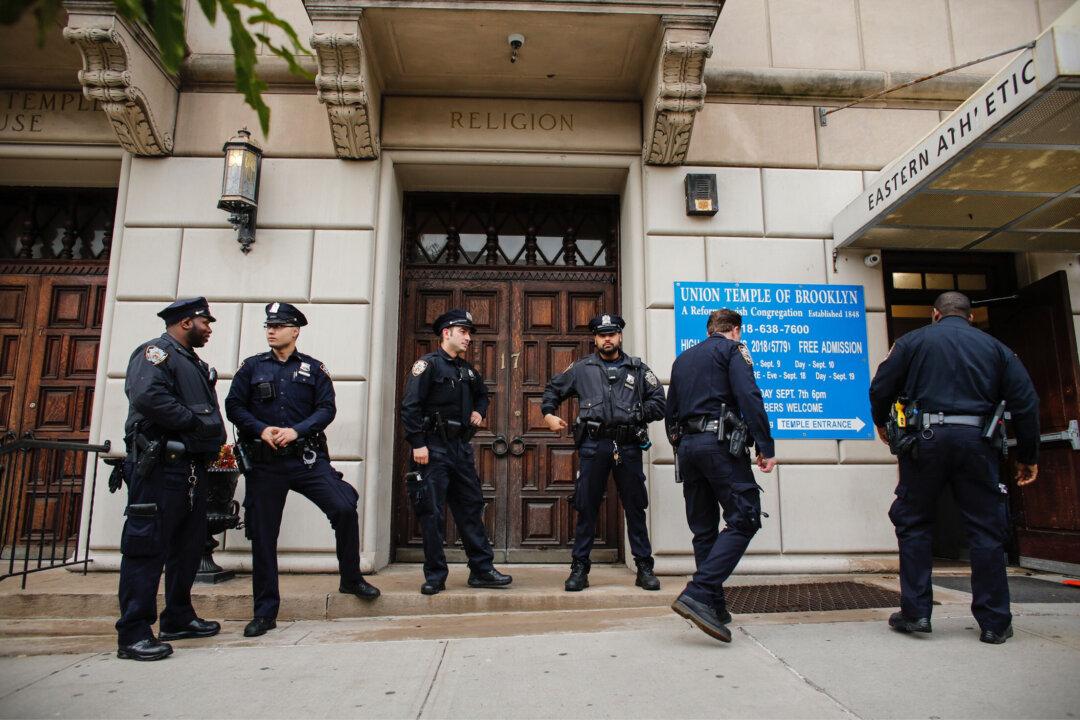A Kentucky researcher doubts reports of a growing hate-crime problem in the United States in recent years, arguing that the increase in hate-crime reports in 2017 can mostly be explained away as hoaxed crimes and erroneously interpreted data.
Hate crimes increased by some 17.2 percent between 2016 and 2017, according to the latest FBI data. But Wilfred Reilly, assistant professor at Kentucky State University, says the increase was mainly caused by the fact that about 1,000 more law enforcement agencies reported data to the FBI in 2017.





